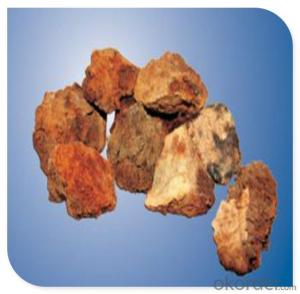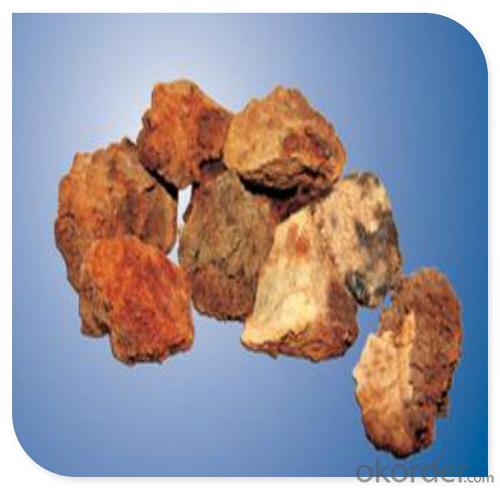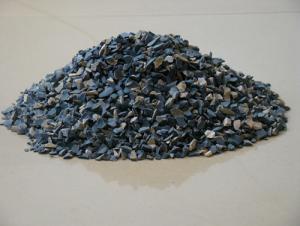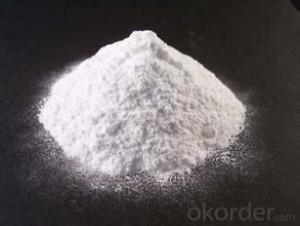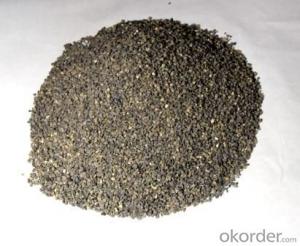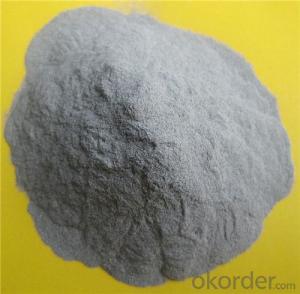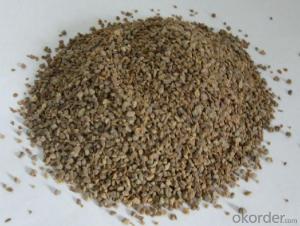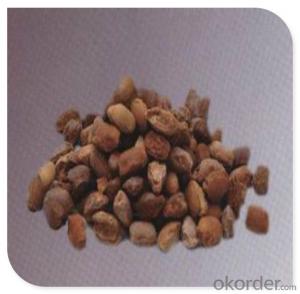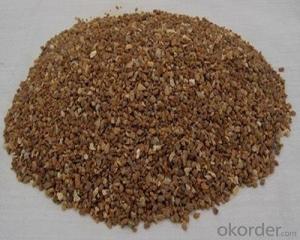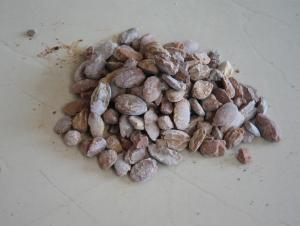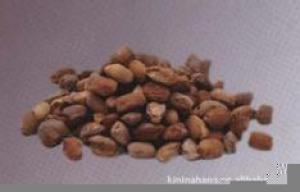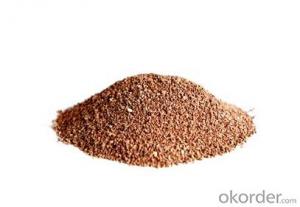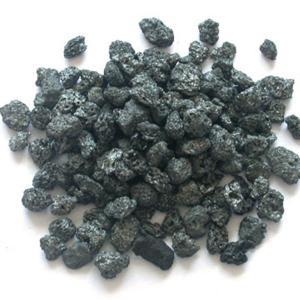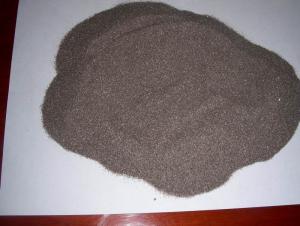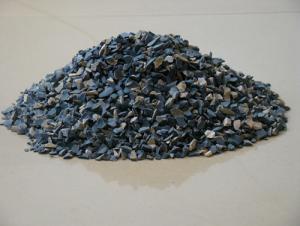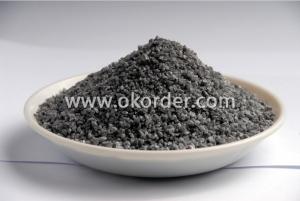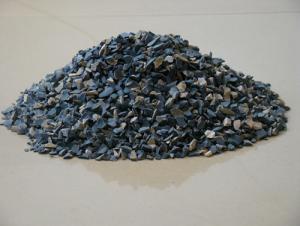Raw Materials for Refractory - Dead-Burned Magnesite (Dead Burnt Magnesite)
- Loading Port:
- Tianjin
- Payment Terms:
- TT OR LC
- Min Order Qty:
- 300 m.t
- Supply Capability:
- 50000 m.t/month
OKorder Service Pledge
OKorder Financial Service
You Might Also Like
Dead-burned Magnesiten Dead Burnt Magnesite
Specifications:
1.High purity Large crystal grain Compact structure
2.Strong resistance to slag material
3.Good thermal shock resistance
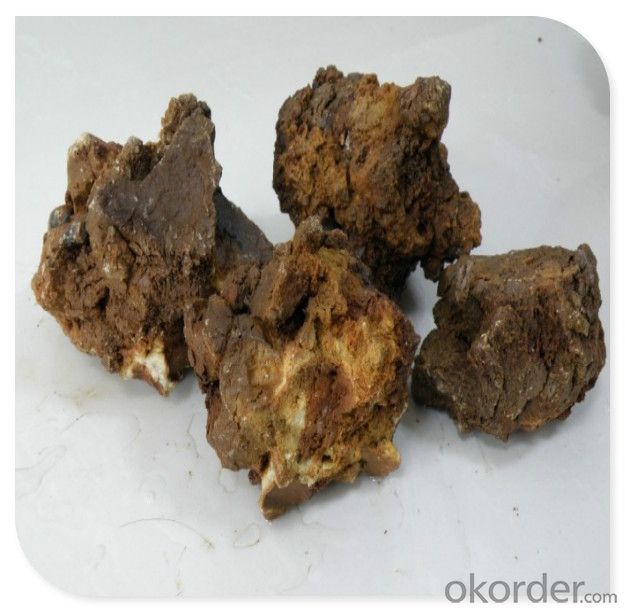
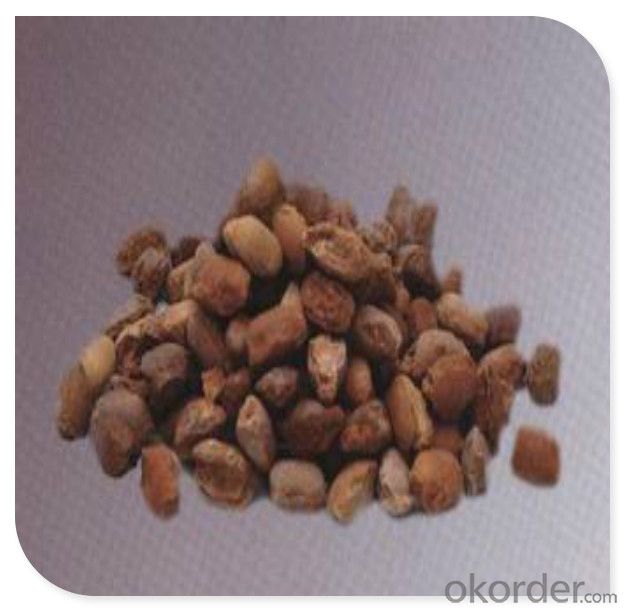
Magnesium Oxide is used in a number of industrial applications including: | |
Abrasives | As a binder in grinding wheels |
Animal feed supplement | Source of magnesium ions for chickens, cattle and other animals |
Boiler (oil-fired) additives | Material that is easily removed; reduced corrosion of steel pipes holding steam as well as sulfur emissions into the environment |
Boiler feedwater treatment | Reduces iron, silica and solids |
Chemicals | Starting point for the production of other magnesium salts such as sulfate and nitrate |
Coatings | Pigment extender in paint and varnish |
Construction | Basic ingredient of oxychloride cements used for flooring, wallboard, fiber board, and tile |
Electrical | Semi-conductors; heating elements insulating filler between wire and outer sheath |
Fertilizers | Source of essential magnesium for plant nutrition |
Foundries | Catalyst and water acceptor in shell molding |
Glass manufacture | Ingredient for specialty, scientific and decorative glassware and fiberglass |
Insulation | Light, flexible mats for insulating pipes |
Lubricating oils | Additive to neutralize acids |
Pharmaceuticals | Special grades of magnesium hydroxide, oxide and carbonate are used in antacids, cosmetics, toothpaste, and ointments |
Plastics manufacture | Filler, acid acceptor, thickener catalyst and pigment extender |
Refractory and ceramics | Basic ingredient in product formulations for the stee industry |
Rubber compounding | Filler, acid acceptor, anti-scorch ingredient, curing aid, pigment |
Steel industry | Annealing process; coating for grain-oriented silicon steel used in electrical transformers |
Sugar refining | Reduces scale build-up when used in juice clarification and precipitation |
Sulfite wood pulping | Source of base for cooking liquors |
Uranium, gallium & boron | Precipitation initiator by acid neutralization processing |
Wastewater treatment | Acid stream neutralizer; precipitates heavy metals |
Our Lab
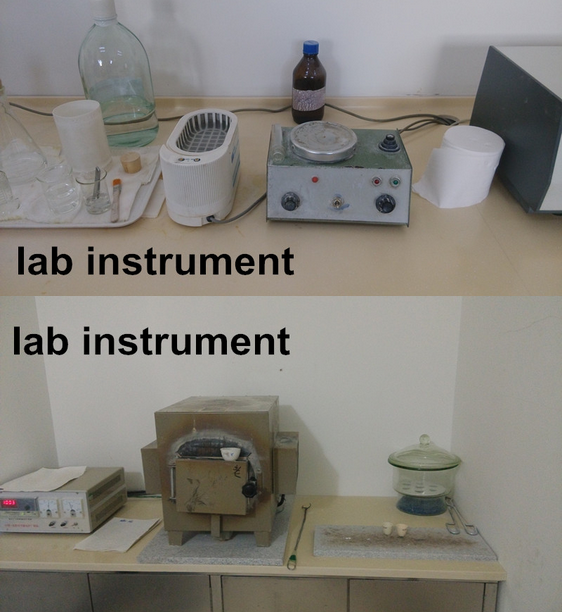
Our Service:
Large production capacity(20000-tons per month) ensure the fast production cycle after confirmed the order.
Produce the products according to clients' requirements.
Professional Packing,Avoid damage;Competitive Price,Make the products competitive in your market.
Provide 24 hours'consultation service.We are ready to answer our consultations at any time.
- Q: What are the electrical fire protection materials?
- Flame retardant organic resin: They can be classied into PVC, vinyl chloride, chlorinated rubber, epoxy resin emulsion, epoxy resin, phenolic resin, etc.. Fire retardant additive: Phosphorus and halogens, nitrogen organic compounds (chlorinated paraffin, tributyl phosphate (TBP) and polybrominated diphenyl ethers) and boron (boric acid, zinc borate, boric acid aluminum), antimony, aluminum, zirconium inorganic compounds.
- Q: Development trend of refractories
- Facing the survival and development of refractory industry challenges in many aspects, serious: 1, the user industry due to the progress of science and Technology (such as iron, iron and steel industry in the direct reduction furnace, to reduce casting, slag splashing etc.), reduce refractory material consumption; 2, refractory material environmental protection and ecological requirements; 3, users of the product quality and cost requirements; 4, users risk transfer, refractory material, the design requirements of the liner construction, maintenance services, and even provide construction equipment; 5, between refractory enterprises and personnel dispute price; 6, due to the industry downturn in some countries, the decline in refractory material and the lack of education, lack of young professionals; 7, resource depletion and other raw materials.
- Q: What are the new refractories? What are the features? How about their application and development?
- In metallurgy, in what position should it be used, in order to make the best. Answers are as following. In iron, steelmaking or converter. When questioning, pay attention to the ways. Answers: Try to use synthetic refractory materials.
- Q: Which are fire proofing thermal insulation materials?
- Grade-A fire proofing inorganic thermal insulation materials include rock wool, glass wool, vitrified micro bead, foaming cement, foaming ceramics, vacuum thermal insulation board,
- Q: What kind of materials can be tested their electrical resistivity in the current refractory industry?
- fused cast bricks, fused zirconia corundum blocks, corundum, high zirconium
- Q: How to choose refractory material
- Refractory fiber according to different raw materials, there are aluminum silicate, quartz, alumina and graphite, refractory fiber. Commonly used aluminosilicate refractory glass fiber is amorphous, including ordinary aluminum silicate fiber, high-purity aluminum silicate fiber, chromium silicate fiber, long-term use temperature of 1000-1200 degrees.
- Q: Who knows about ranking rules of fireproofing thermal insulation materials for exterior wall?
- You can try the following way to give a brief introduction of the fire?rating classification of external wall thermal insulation materials. 1. the building materials are divided into following categories in terms of combustion performance according to the national standard of GB8624-97. A-level: Incombustible building material: materials almost don't burn. B1-level: nonflammable building material: these materials are good at resisting flame. It is difficult for them to burst into fire when coming across open fire in the air or at high temperature. It will not quickly get wilder and when the fire source removes, it will be extinguished immediately. B2-level: Combustible building material: combustible building materials can play a certain role in flame resistance. It will immediately burst into flames when coming across open fire or at high temperature, and will lead to fire spreading, such as wooden column, timber roof truss and timber beam as well as stairs. B3-level: Inflammable building material: Inflammable building materials are highly flammable with no flame retardant ability. The fire risk is high. 2.The exterior wall thermal insulation materials can be classified according to fire rating. 1). Insulation materials with A-level combustion performance: rock wool, glass wool, foam glass, foamed ceramics, foam cement, hole-closed perlite, etc. 2). The insulation materials with B1-level combustion performance: specially-treated extruded polystyrene board(XPS)/ specially-treated polyurethane(PU), phenolic aldehydegelatine powder polyphenyl granule,etc. 3). Insulation materials with B2-level combustion performance: molding polystyrene board(EPS), extruded polystyrene board(XPS), polyurethane(PU), polyethylene(PE), etc.
- Q: How many fire endurance grades are the AAA fire resisting shutter divided?
- According to the fire endurance, the fire doors can be divided into Class A, Class B and Class C fire doors with the fire resistances are not less than 1.20h, 0.90h and 0.60h. Even the fire resistant level of B can also use the first rate fire resistant door.
- Q: how to classify Insulating Refractory ?
- General materials have test reports, where fire rating is labled.
- Q: What are the requirements on fire resistance period of C-level fireproof glass?
- It can be classified into three types in terms of fire resistance, Class A: The fireproof glass which meets demands of fire integrity and fire insulation at the same time. This glass has advantages of excellent transmittance, fire-proofing(smoke resistance, fire insulation, and blocking heat radiation), sound insulation and impact resistance. It can be applied to architectural ornaments, fire resistant timber doorsets with steel structure, windows, upper beam, partition walls, daylighting roofs, ceiling screens, perspective floor and other building components which need transparency and fireproofing. Class B: The fireproof glass which meets demands of fire integrity and thermal radiation intensity at the same time. This glass is mostly composite fireproof glass which has advantages of transmittance, fireproofing, and smoke resistance. Class C: The fireproof glass which only meets demand of fire integrity. This glass has advantages of transmittance, fireproofing, smoke resistance and high intensity. It can be applied to fireproof glass partition walls, fire windows and with no requirements on outdoor curtain walls, etc. The fireproof glass can be classified as composite fireproof glass and single chip fire-proof glass in terms of structure.
Send your message to us
Raw Materials for Refractory - Dead-Burned Magnesite (Dead Burnt Magnesite)
- Loading Port:
- Tianjin
- Payment Terms:
- TT OR LC
- Min Order Qty:
- 300 m.t
- Supply Capability:
- 50000 m.t/month
OKorder Service Pledge
OKorder Financial Service
Similar products
Hot products
Hot Searches
Related keywords
